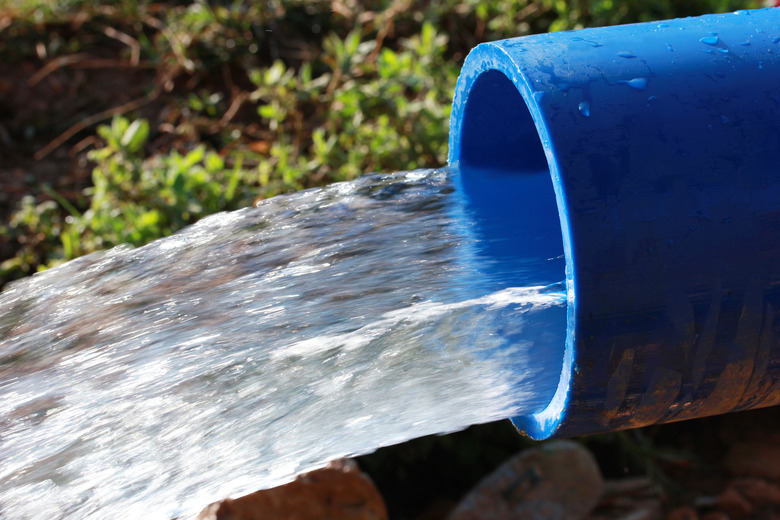Hi
replacing an integrated cooker extractor hood. The new one wants a 125mm extractor ducting but the old one was 110mm. Am I ok to just reduce down and run with the old ducting. It’s straight out the wall no run on the duct really at all. Will the impact of reducing be severe for this one?
replacing an integrated cooker extractor hood. The new one wants a 125mm extractor ducting but the old one was 110mm. Am I ok to just reduce down and run with the old ducting. It’s straight out the wall no run on the duct really at all. Will the impact of reducing be severe for this one?


